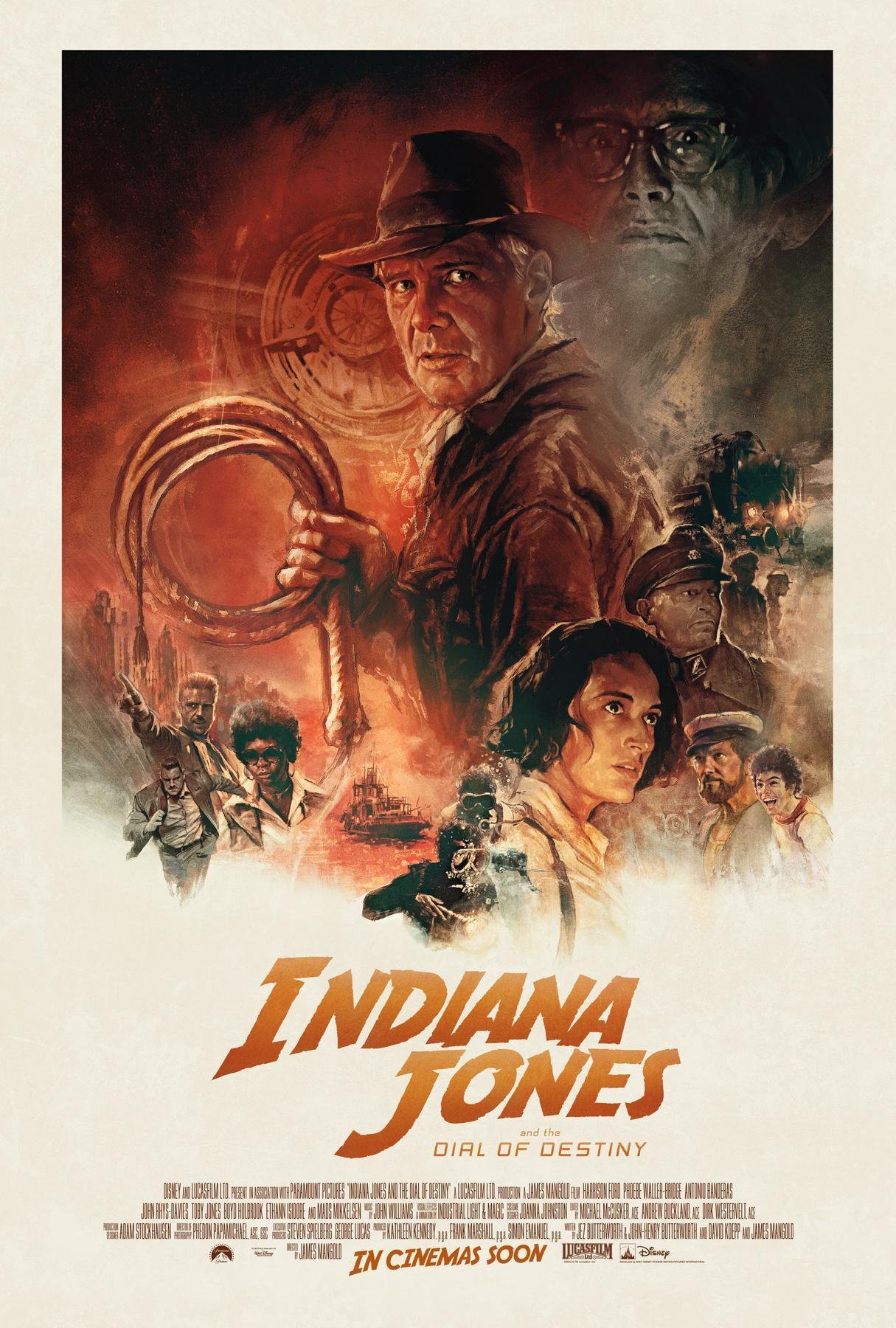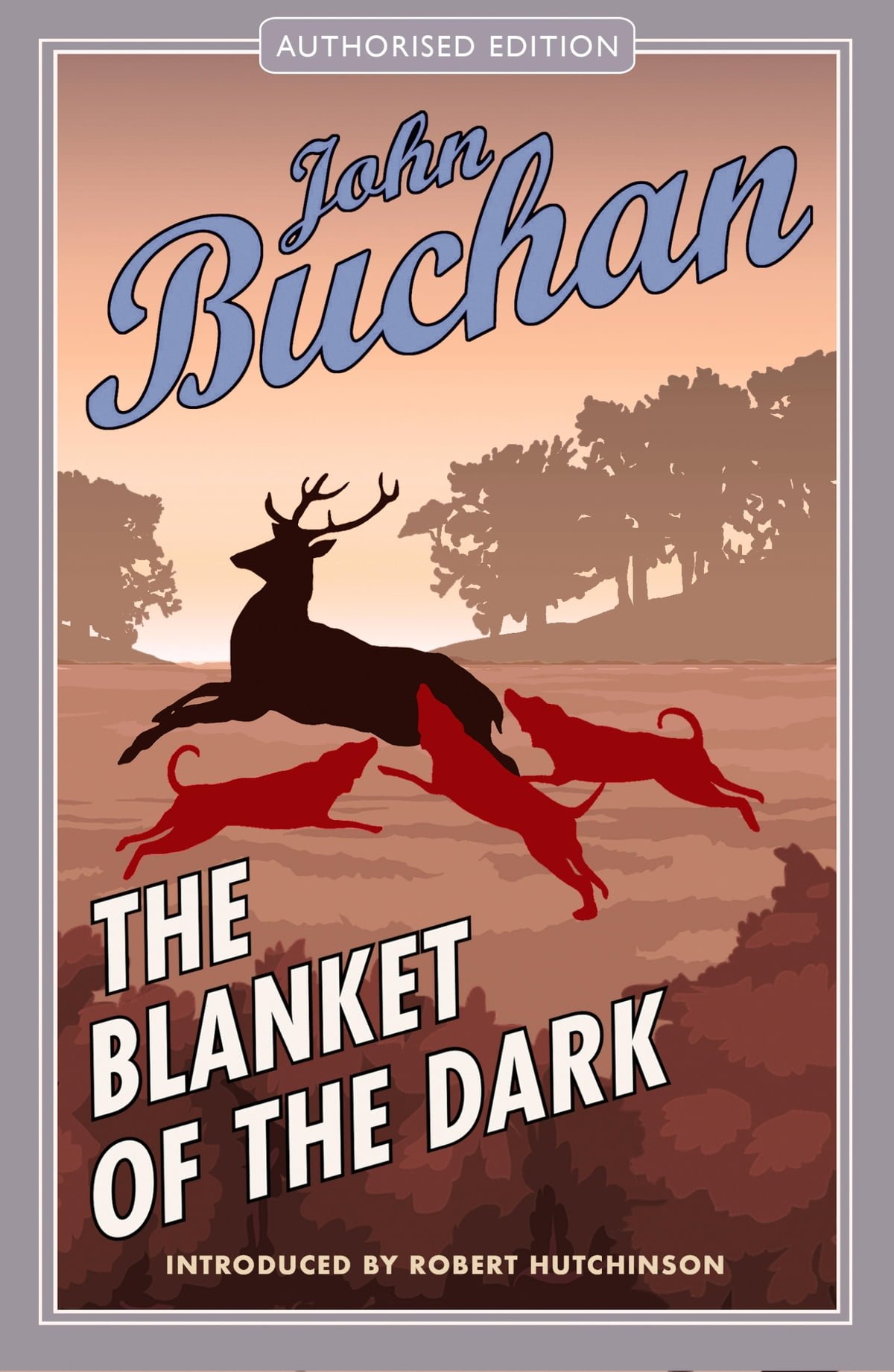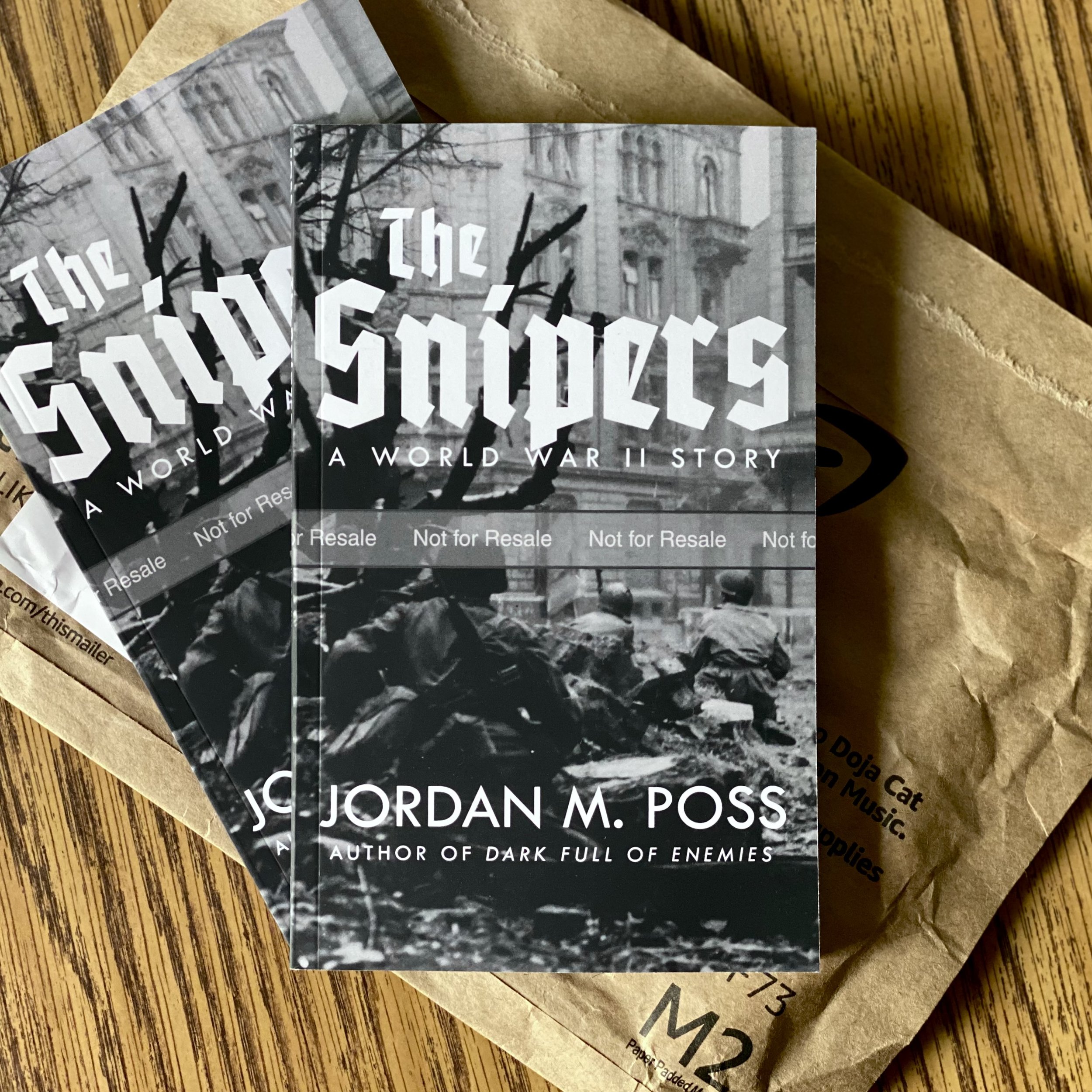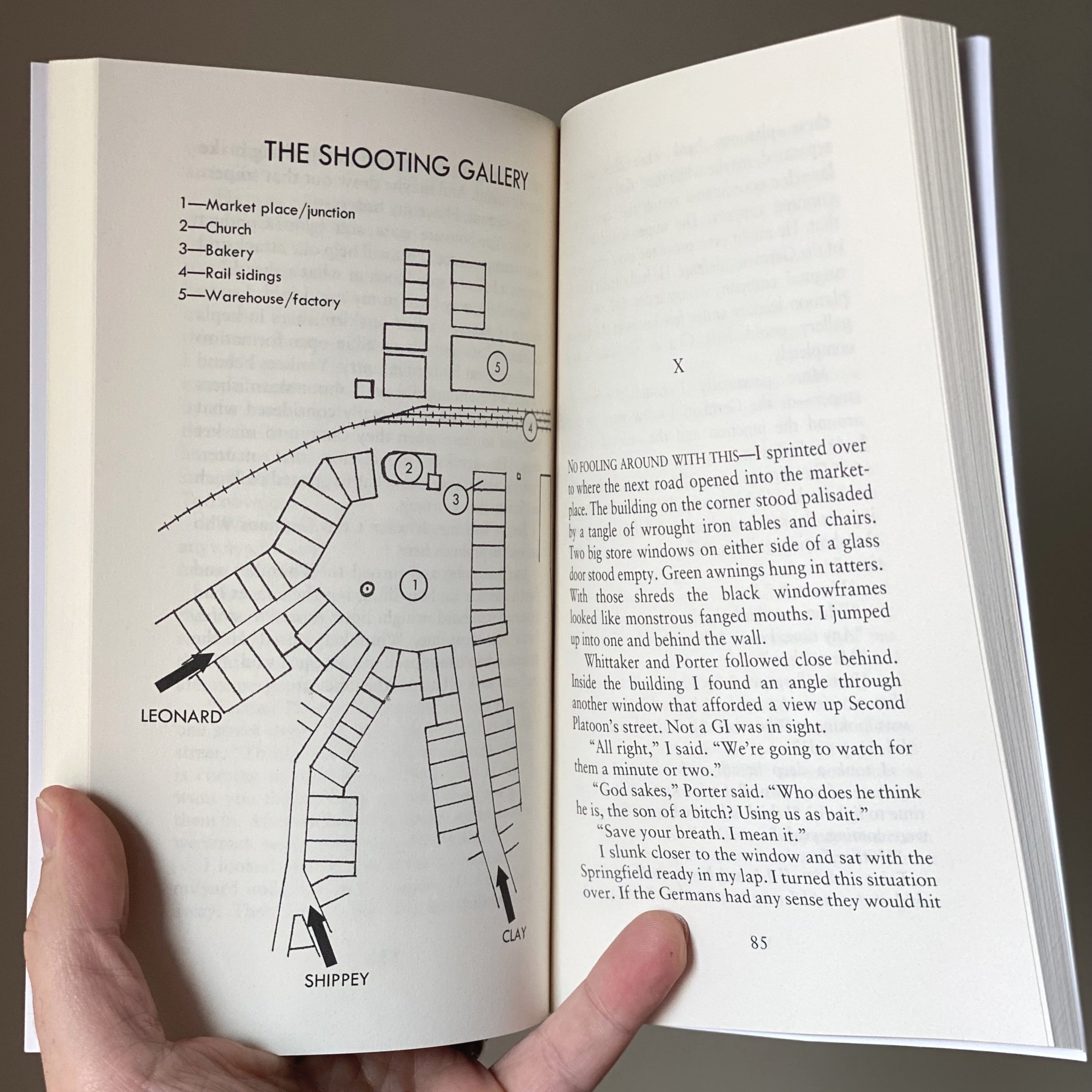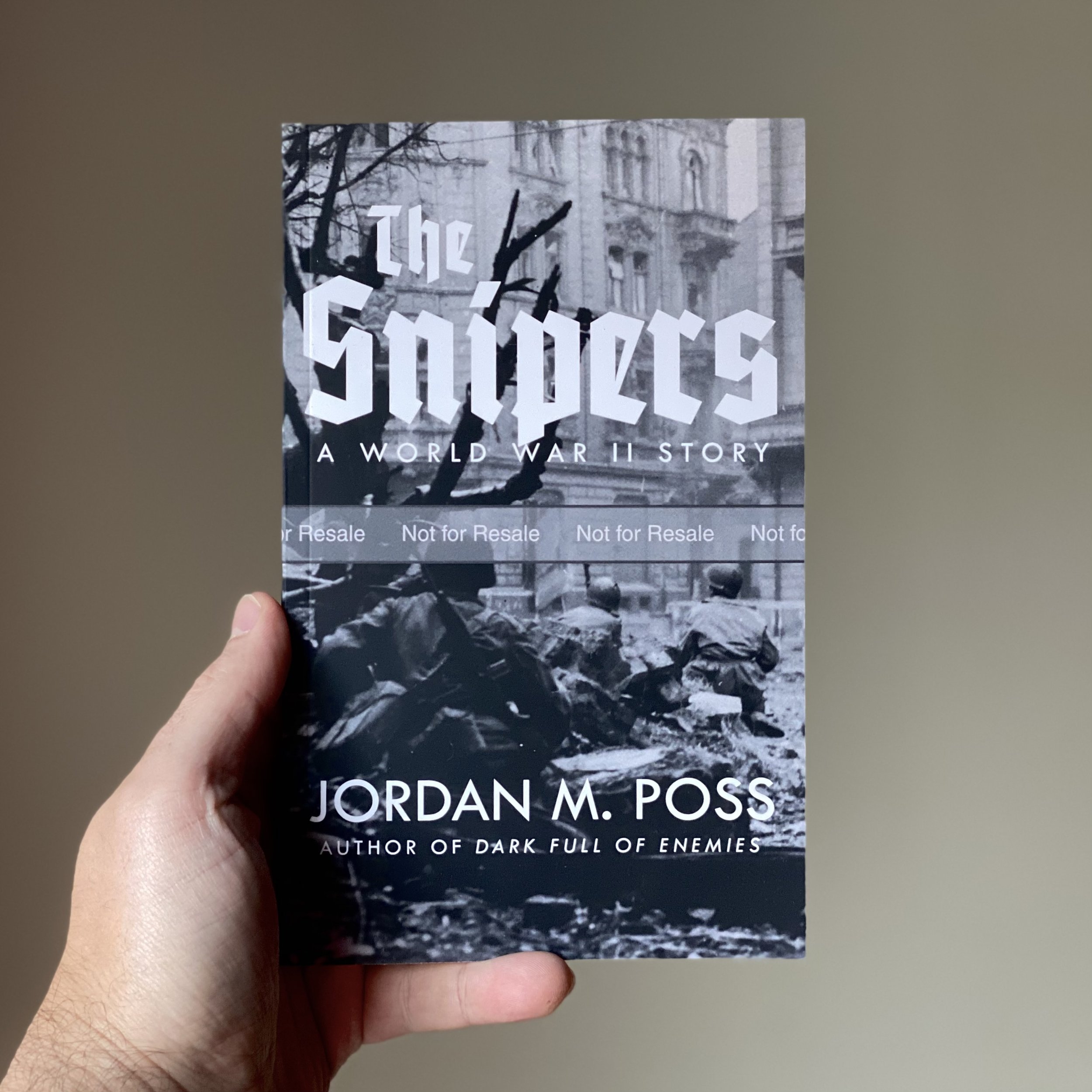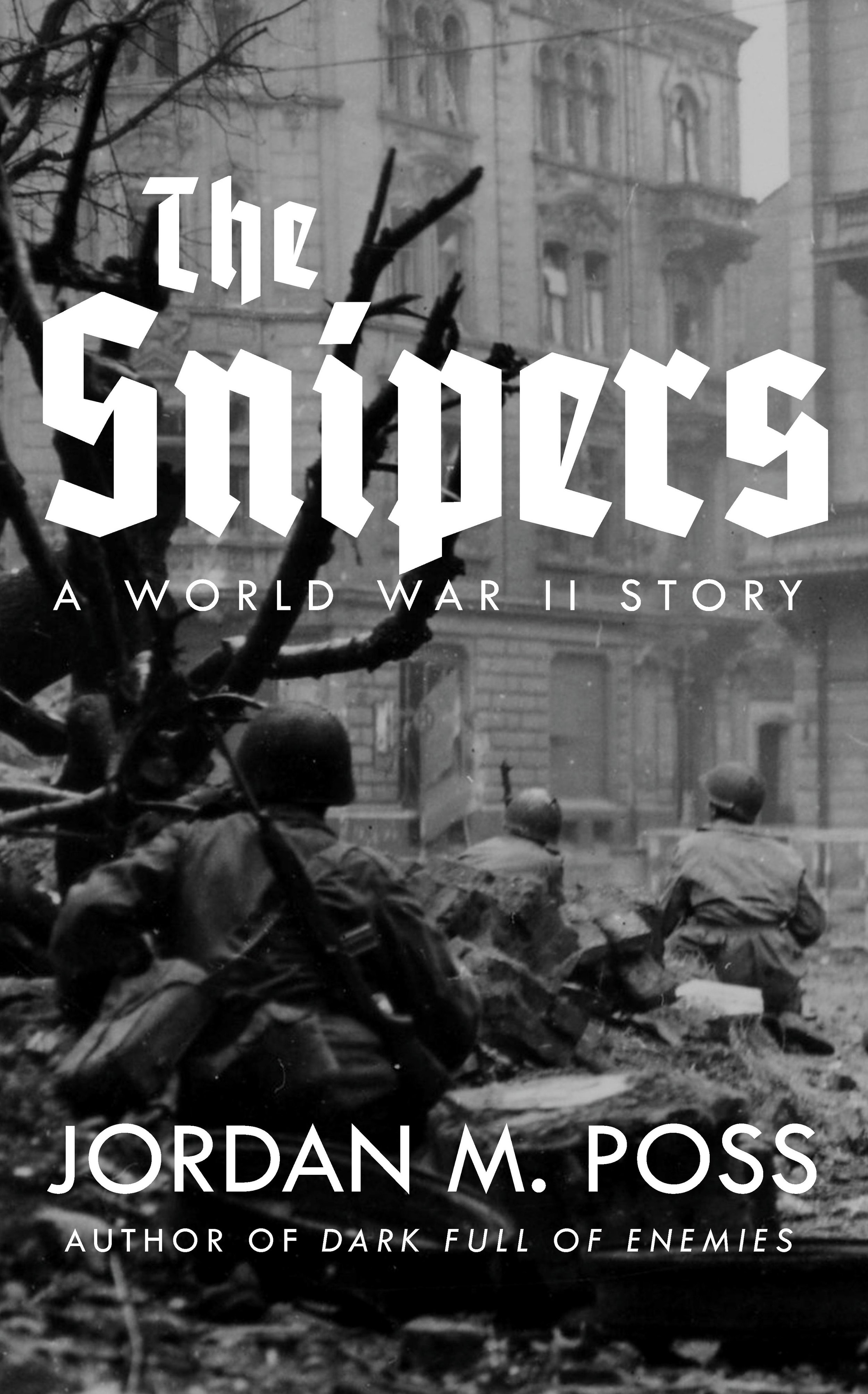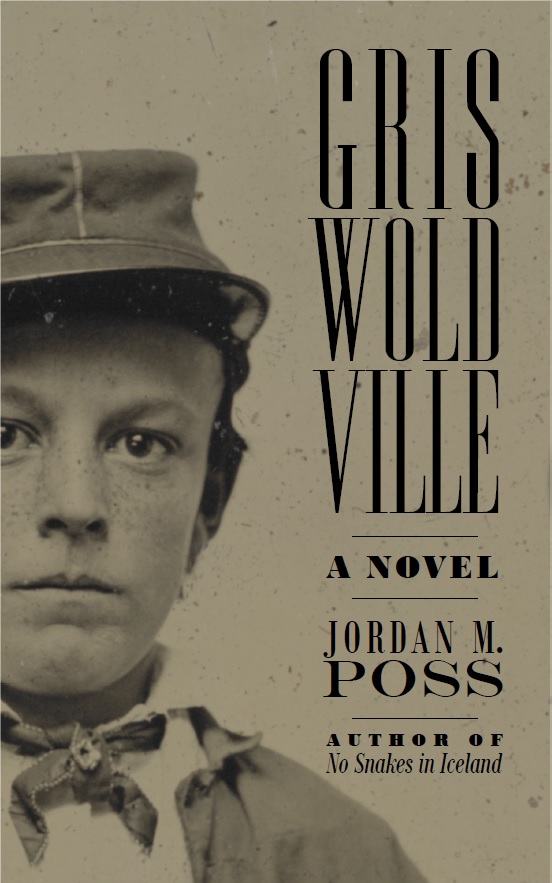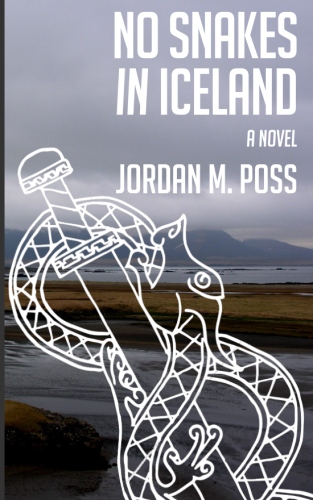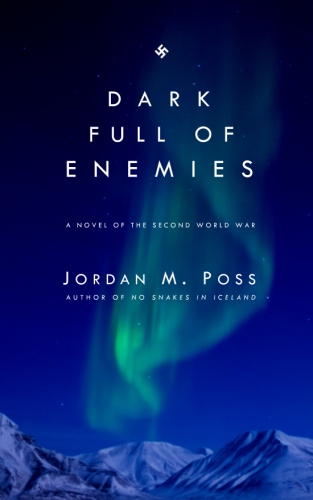An analysis of the strange allusions in the poem—blindness, fate, Eden, the midnight sun—lead Hannay into the circle of Dominick Medina.
Medina is a charismatic Irishman and a rising star in London social life and British politics. Civilized, well-educated, charming, athletic, a well-reviewed poet, a sparkling conversationalist, and “the handsomest thing in mankind since the Greeks,” Medina fought in Russia for a White partisan group during the war and has had nothing but success since his return. He seems an unlikely candidate for the leader of an international criminal conspiracy. And Hannay finds himself as charmed as any of the other Buchan familiars with whom Medina associates. Even Sir Edward Leithen is one of Medina’s friends and admirers. Everyone likes and respects Medina—everyone but Sandy Arbuthnot, Hannay’s old friend from Greenmantle. Sandy, a gentleman, a scholar of Oriental languages, and a man more far-travelled and adventurous than Hannay, is deeply suspicious of Medina. Though Hannay thinks Sandy is merely jealous, he still takes note.
But Sandy is vindicated when Medina, after dinner at their club one night not long after they first meet, tries to hypnotize Hannay.
It doesn’t work—Hannay, strong-willed and not given to introspection, as even Mary admits, is a poor target for mind control—but Hannay’s suspicions are aroused. Why would this handsome, successful young man be preying on his peers?
Hannay determines to work deeper into Medina’s confidence by playing the biggest part of his career of playacting. He feigns being under Medina’s sway and becomes more and more a toady to the man, who reveals more and more of his life beneath the glossy veneer of charm, wealth, and sophistication. Hannay discovers a grasping striver, a dabbler in mysticism, diabolism, and manipulation who is not above demeaning and using others to achieve power over them. He also meets Medina’s mother, a blind old woman and an even more powerful hypnotist than her son, and Kharáma, an Indian guru and Medina’s mentor.
But as widely respected as Medina is, Hannay cannot reveal his suspicions without betraying his own plot. He thus takes only a handful of people into his confidence—among them Sandy and, crucially, Mary—and doesn’t even reveal to Bullivant what he is working on.
Hannay’s investigations ultimately take him to Norway, to a seedy London jazz club, to a curiosity shop where nothing is for sale, to a slum where a Swedish masseuse treats patients referred by Medina’s doctor, and to a suspenseful and violent one-on-one showdown among the crags and cliffs of the Scottish highlands.
There is much, much more to The Three Hostages than I can adequately summarize here, and one of the pleasures of the novel is just how much of it there is. With its vaguely foreign villain with an unusual deformity (Medina has an almost-spherical head that he conceals with artful coiffure), its villain’s unclear aims but dangerous and far-reaching plot, its globetrotting, and its venturing from black-tie dinner and manor house to slum and nightclub, it is also the most James Bond-like of the Hannay stories. When reading about Medina I found myself thinking more than once of Auric Goldfinger and Hugo Drax. Last year I broke down the place of The Thirty-Nine Steps in the genealogy of the action or espionage novel. The Three Hostages, which CS Lewis, in a 1933 letter, accurately called “a real modern thriller,” is another clear link to the future of the genre.
One of The Three Hostages’ strengths, and one of the things that surely made it more influential than similar novels like Bulldog Drummond, is the quality of Buchan’s writing, especially in this novel’s plotting and pacing. After the sprawling, loosely constructed, somewhat unfocused Mr Standfast, Buchan here gives Hannay a single straightforward mission that unifies and gives form to every aspect of the adventure, whether flying across the North Sea with Sir Archie Roylance or mountaineering in Norway and Scotland.
Most importantly, the mission to find and save the hostages gives powerful emotional stakes to Hannay himself. Early in the novel, as Macgillvray presents what he knows of the kidnapping plot to Hannay, he says, “I should have made you understand how big and desperate the thing is that we're out against . . . You know as well as I do that cold blood is not always the most useful accompaniment in assessing evidence.” Hannay, always more intuitive a hero than Sir Edward Leithen, must surrunder totally to bone-deep bonds and instincts. What drives Hannay throughout The Three Hostages is not only his duty to England and civilization but his deep, sub-rational—and therefore transcendent—love of family.
This focus on the power and beauty and mystery of domesticity is the surprising key to The Three Hostages. Medina, in kidnapping children, has disrupted three vulnerable families and threatens to destroy them. Whenever Hannay faces renewed difficulty or a new obstacle, Hannay remembers Mary and their son, John Peter. His understanding of what the fathers of Adela Victor and Davy Warcliff are going through motivates him. Mary urges him on and sustains him, and takes no small role in bringing down Medina herself.
I say that this is a “surprising” theme because of what I’ve previously noted about Buchan protagonists. They are often young, unattached men, wandering if not totally adrift, and usually bored of routine. That Hannay has married and settled down and loves the chores and maintenance of his farm was a brilliant change. And Hannay’s resistance to returning to the life of danger and instability born of espionage and undercover work, a resistance rooted not in cowardice but care for the little bit of the world under his stewardship, feels genuine and gives both a new maturity to Hannay and emotional weight to the rest of the novel. The unwanted call to “one last mission” may have become a spy thriller cliché in the 99 years since The Three Hostages was published, but it’s seldom been done better.
The result, in the end, is a novel with the most of the strengths and all of the themes of Buchan’s earlier adventures. It revisits the theme of the crackup or madness of civilization, a vulnerability easily exploited by men like Medina—a theme elaborated as early as The Power-House.
But here the plot is richer and more complex, and Buchan leavens it one extra element that sets it apart: love. Buchan, through Hannay, offers a vision of devotion to family and home, of the strength of a well-matched husband and wife, and of how civilization, though perhaps not saved, can be shored up and passed on through these humble means.
* * * * *
I’m sorry to see this second John Buchan June draw to a close. For various reasons I feel like I’ve only just gotten into the swing of things. So I’m looking forward to next year, especially since I have more Dickson McCunn and even some Buchan short stories arriving later today. I hope y’all have a restful July, and that these reviews have piqued your interest in one of this great old writer’s novels. Give one a look this coming month. Thanks as always for reading!


